Tuesday, June 4 2013, 8:57 PM
It has become a bit of a tradition for me to let this website die and then revive it with all the good intentions in the world to keep posting new stuff and this time definitely for real unlike the last times yaddah yaddah yaddah, but here we go again...
The last time I had visited a mid-sized abandoned metal manufacturing business was Metal Works August, in 2009. Meeting up once again with urbancologne for the first time since then (if I haven't forgotten anything), we set sails to visit another one.
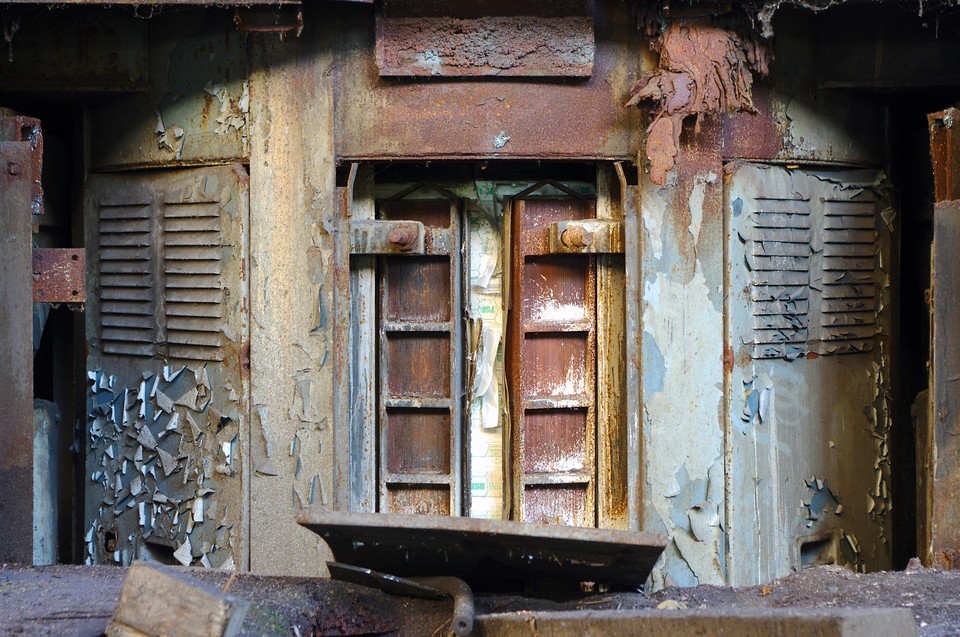
Oven Doors
Benjamin Raspail started a company that manufactured metal parts used in shoes in 1827. The business went well and in the 1860s had to move to a larger location. They got their hands on a failed farm for an attractive price and built an entirely new factory. The sons took over the business and the range of products expanded to blades, knifes and later parts of agricultural machines.
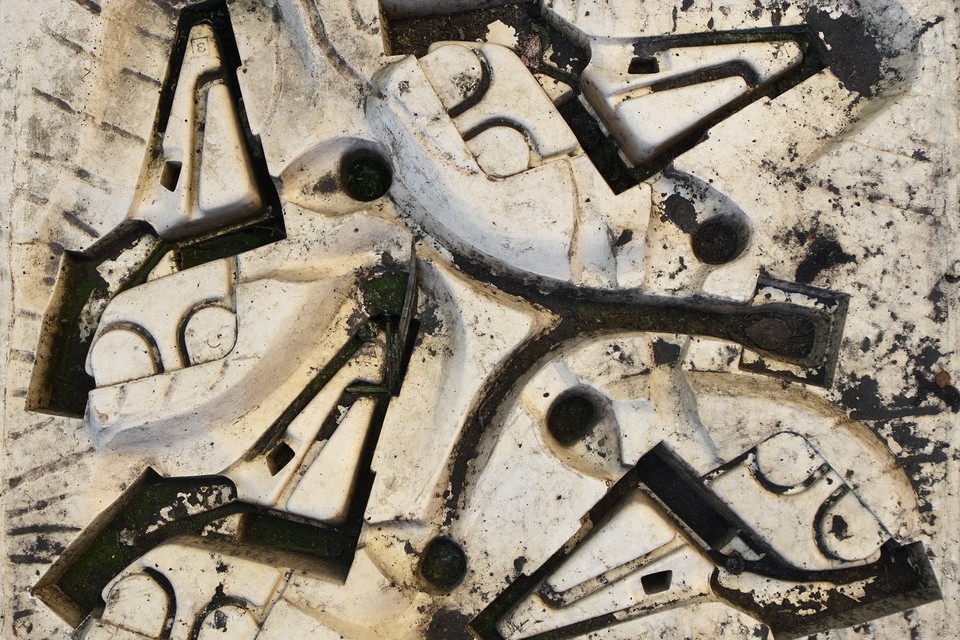
Casting Mold
When agriculture became less and less important for the European countries' economies, revenue started to drop. The number of employees was reduced from more than 1,000 to under 300 and despite best efforts to establish new product lines, the company went bankrupt in 1999. The remains were taken over by another company and production moved to a new factory. The old factory was left mostly abandoned.

Urban Still Life
Today, some of the office buildings on the large factory area have been rented out to different companies and institutions, but some of the manufacturing halls remain in their old glory. We weren't sure what to expect after such a long time of abandonment and were pleasantly surprised to find numerous items and tools still lying around, despite a few traces of vandalism and graffiti.
From a photographer's point of view, a sheer endless amount of details was waiting to be captured almost everywhere. I had contemplated bringing along the analog camera but ultimately decided against it. Now I think the location would have been perfect for the film treatment.
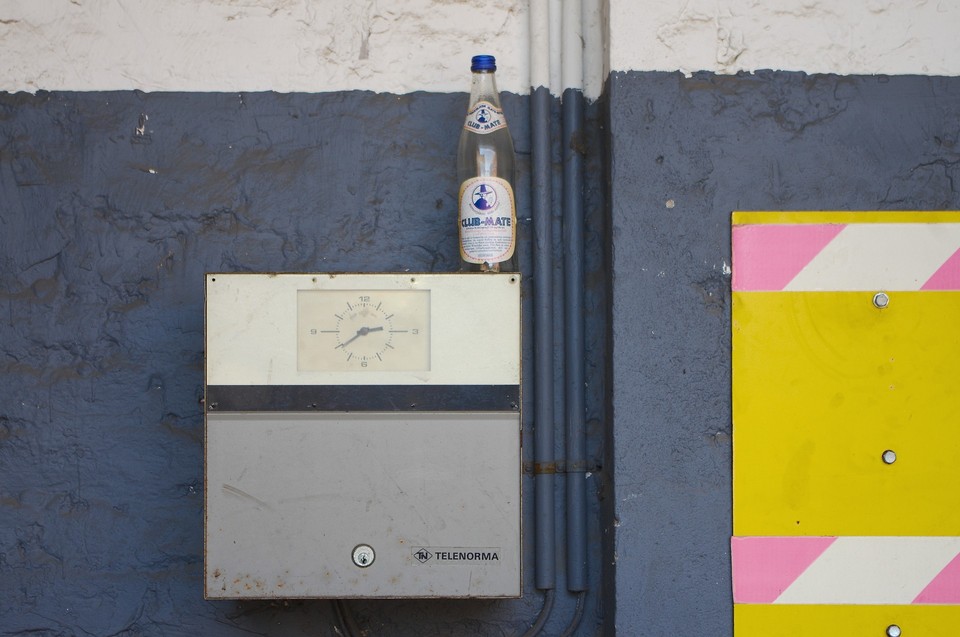
Club Mate
In addition to the offices, a few halls have been rented out to local farmers. Farmers or whoever else drives around with tractors on Sunday mornings. Of course, we heard and saw them long before they could ever spot us and avoided them for a while, waiting for them to leave the premises again. After about half an hour, we got bored and decided to head to the nearest fast food joint for some lunch. As we walked past on the street outside, the driver of the last tractor on the terrain was standing next to his bike, ready to go home. But at that point we were too hungry to go back inside.
More photos in the Gallery:
Raspail & Sons
Thursday, October 25 2012, 3:22 AM
It is impossible to grow up in Germany and not eat Zwieback at one point. Whether you earned 20 bucks by chugging and entire cup of Tabasco or you had a little too much faith in the Kebab shop down the street, once your stomach starts rebelling you drink fennel tea and eat Zwieback.
For those who didn't grow up in Germany, Zwieback is a sweet type of white bread that has been baked twice so that it doesn't contain any water. It is sold in bags full of little slices and one brand virtually has the monopoly in Germany. Their abandoned factory happened to be not too far away from the German Train Graveyard where we had spent the first half of the day.
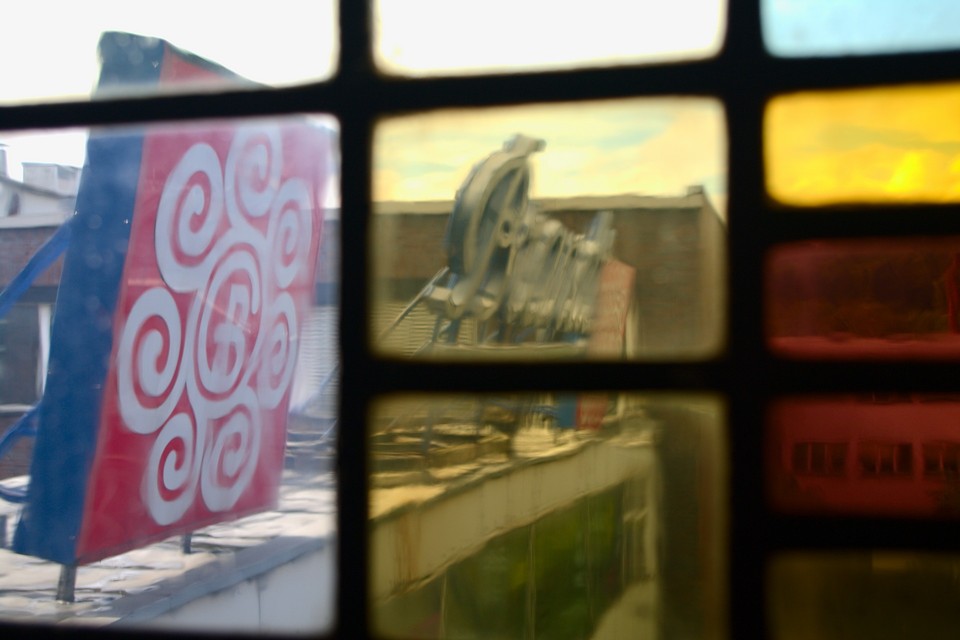
The Brand(t) Name
The company was founded almost exactly 100 years ago and had experienced steady growth until they became leader of the German Zwieback market, being sold in every supermarket and having their logo and package design recognized by people of all age groups. In 2003, cheaper labor costs and millions in government subsidies prompted them to move production. They fired 500 employees, closed their factory and built a new one in Eastern Germany where they are still producing today.
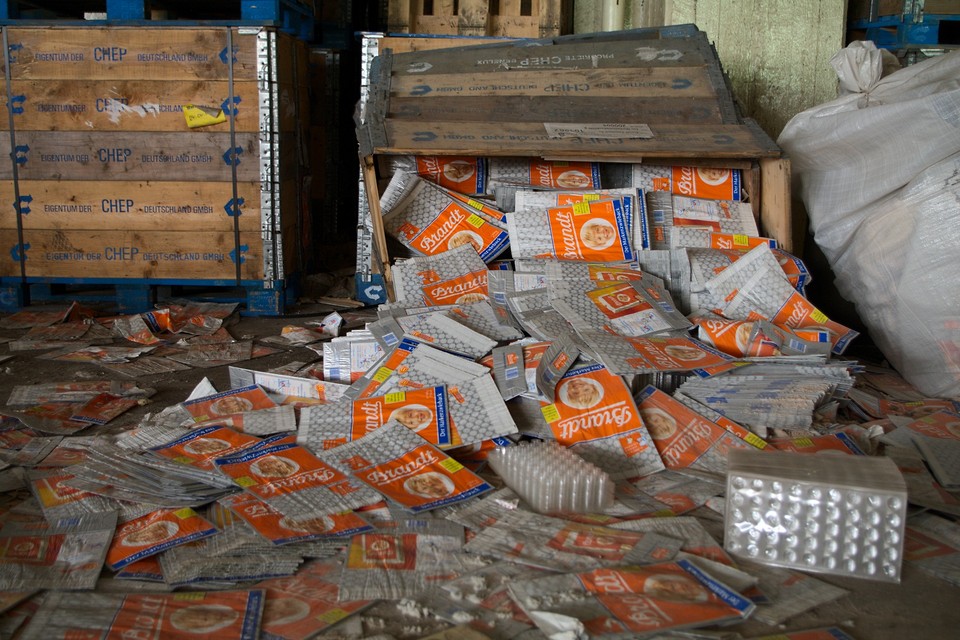
Bag Spillover
After being abandoned for eight years, the old factory was already well known among all types of people who visit abandoned places. It featured the expected levels of natural and artificial decay and getting inside was not all that difficult. A lot of the machines and presumably everything of value had already been removed, but crates with packaging materials were still stacked floor-to-ceiling and flooding entire sections of floor space with the famous lettering and the iconic "child face" company logo.
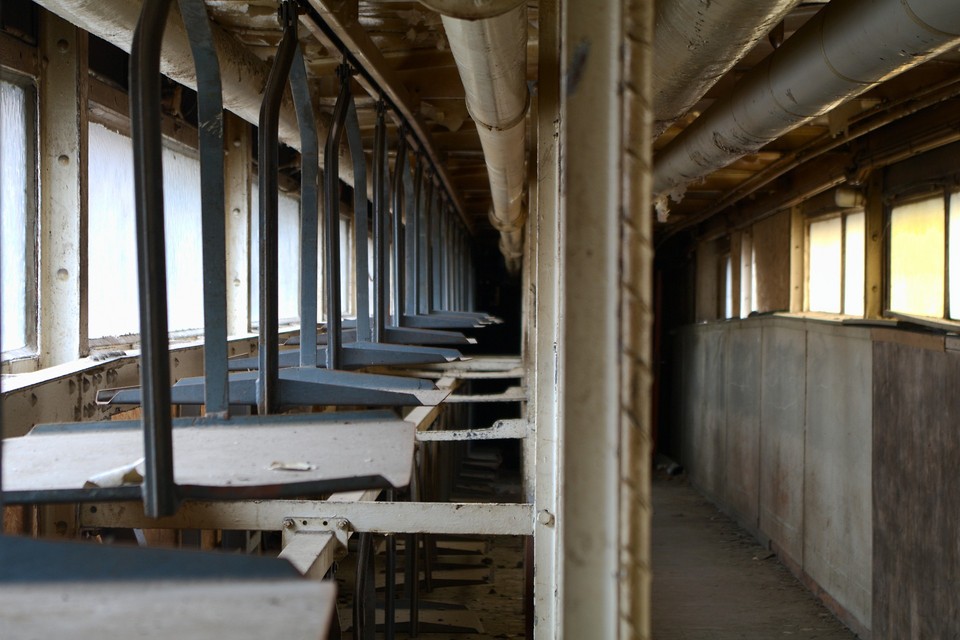
Tray Conveyor
The factory spans both sides of an inner city road and connects via little bridges containing walkways and conveyors. Once you are inside one of the buildings, you can move around pretty much everywhere without having to go outside again and potentially cause concern among the watchful neighbors. It became quite obvious that the factory had grown organically. Once all the space in one building was used up, more land was purchased and more buildings and machinery attached to the old parts as good as possible.
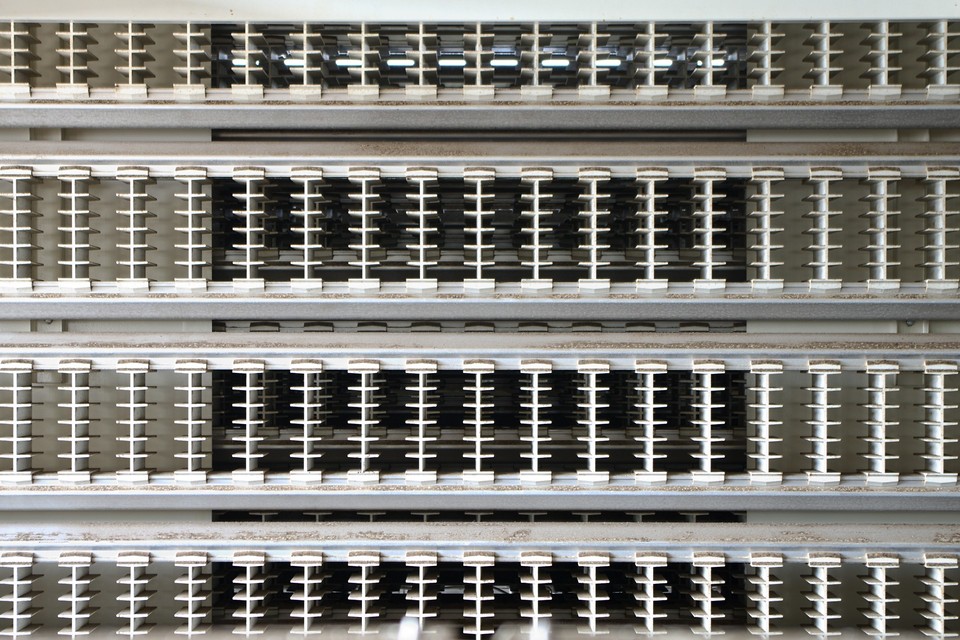
Abstract Zwieback Machine
Paradoxically, we found the most modern machines in the oldest looking building. We could only guess but the shape of the long ovens and the little elevators looked like they were actually used to produce Zwieback. Warning stickers about photo cells made the whole thing appear almost as if they were using two high-powered 29MP cameras to compare each slice of Zwieback against 725 other potential matches resulting in a level of precision you'd expect from a smartphone — not a slice of Zwieback.

A Wild Train Appears (HDR)
Before leaving the factory, we passed through a little indoor freight station that was once used to deliver grains and other ingredients to the factory. Now it was home to a train. Not just any train but a historic bi-level train from the former German Democratic Republic. Without going into too much rail nerdery (again), they were obviously predecessors to the modern Bombardier cars I see almost every day on my way to work. We had started the day with old trains and we ended it with what hopefully is the last abandoned train for a while.
More in the Gallery:
Zwieback Factory








